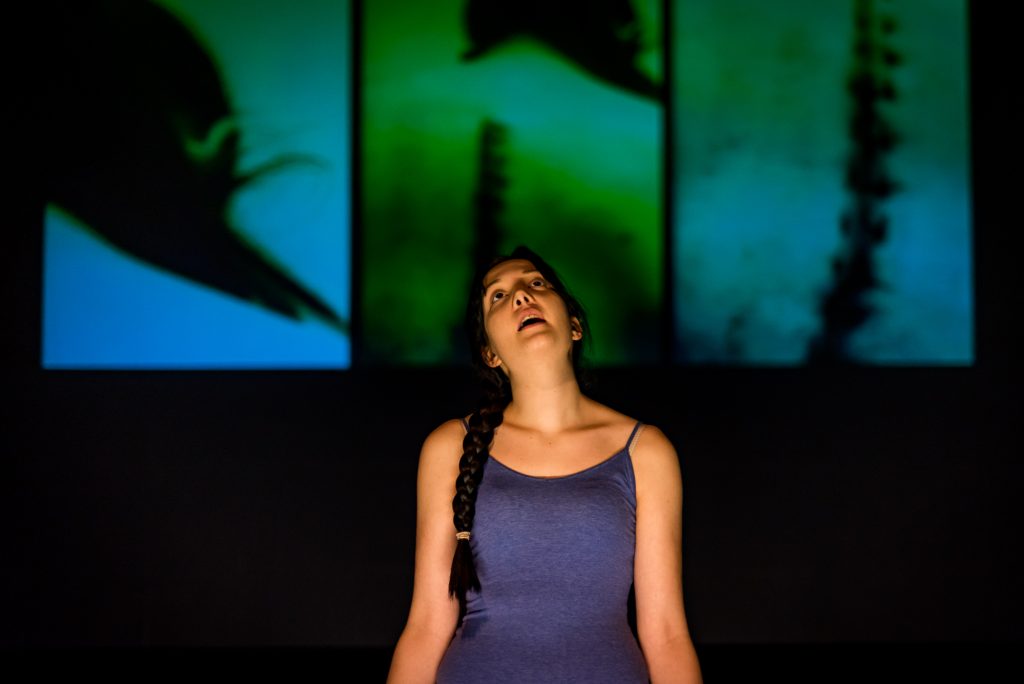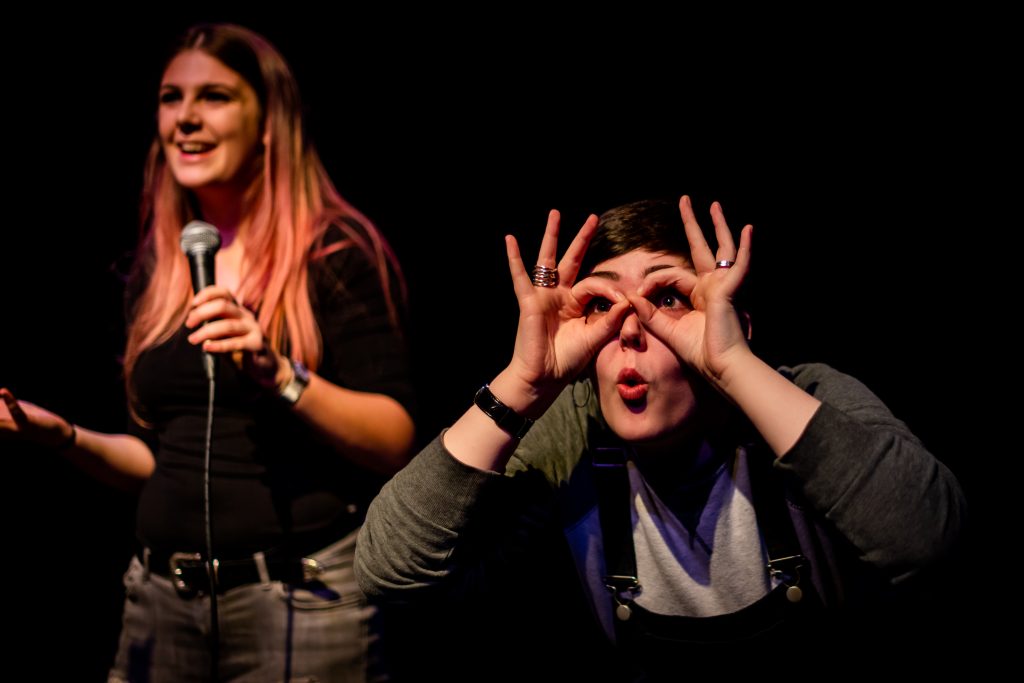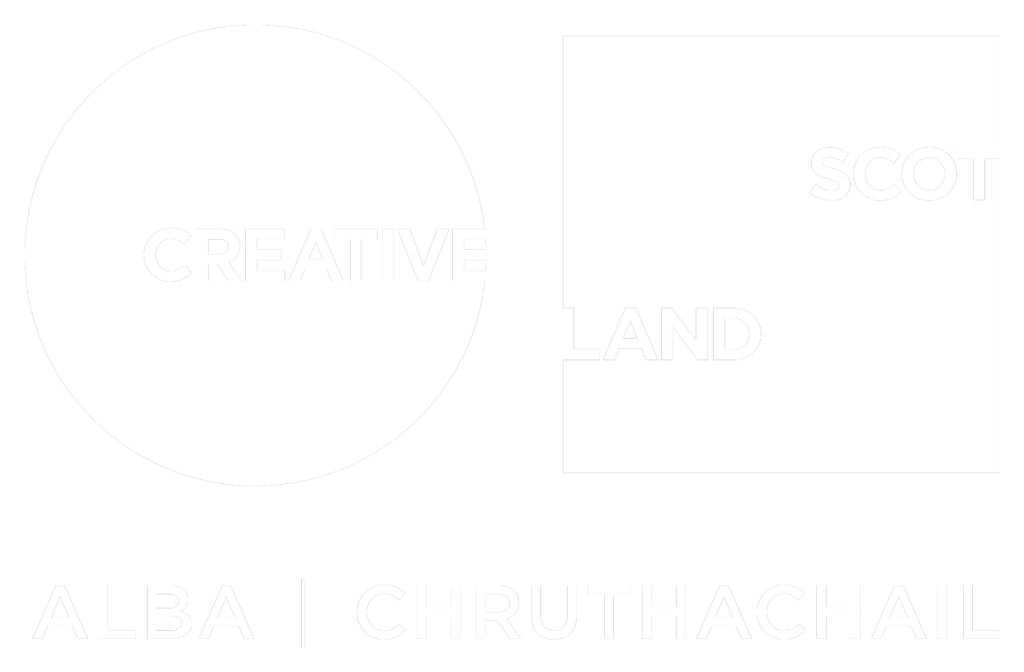A video workshop series by Drew Taylor-Wilson
This video resource series was created by Drew Taylor-Wilson (they/them). Drew has worked alongside YTAS throughout 2024 across multiple projects, helping YTAS to achieve the Silver Award in the LGBT Youth Scotland Charter. They are a non-binary and neurodivergent writer/director/producer for stage and screen, and a passionate applied arts/arts-in-education practitioner, specialising in LGBTQIA+ content. You can find more about Drew on their webpage.
Queering the Narrative is a six-video series designed for artists and practitioners working in youth theatre settings who are looking for inspiration in their creative practice.
The videos will focus on queer methods and take inspiration from queer artists, all of which can help you to expand the material you use in your own youth theatre, exposing young people to different stories and story-telling methods.
The tools that Drew has provided can help you support your LGBTQIA+ members, provide inspiration to allies, aid the creation of more inclusive environments in your workshops, and introduce techniques that can be applied to a whole range of creative tasks.
A note on the term ‘Queer’
Throughout this series Drew uses the term ‘queer’ interchangeably with LGBTQIA+ as a shorthand way to encompass all minority gender and sexual identities. However, each LGBTQIA+ person will have their own relationship with the work ‘queer’ and it’s important to acknowledge that historically this word has been used as an abusive slur towards this community. Drew uses it here and throughout as a celebration and reclamation.
Videos and Worksheets
Video One: Lip-Sync as a Theatre Artform
This masterclass series kicks off with a classic queer performance method: the lip-sync. With the rising visibility of drag performance and the prominence of lip-sync on social media platforms such as TikTok, your youth theatre participants may already be familiar with this style. This video will share some tools on how to utilise this artform within a workshop space to dig deeper into character, opinion and showcase your participants’ point of view.
Video Two: Found Text
This second video is all about finding alternative theatre narratives in found text, which can be particularly helpful for those that find the prospect of writing their own thing daunting. Found text sources are a brilliant way to kick start a creative process and create dynamic performance text.
Video Three: Visual Art
Visual art can become an evocative tool in the workshop space, and by its very nature – especially in a contemporary context – it can instantly create discussion on how the work reflects our lived experiences. In this video, Drew explains how they often use visual art to stimulate group discussions – to act as stimulus for generating content, or to borrow techniques the artist has deployed in their work and use them in ours. The video will include reference to specific works of art, LGBTQIA+ artists, and activities you may wish to use in your workshop space.
Video Four: LGBTQIA+ Poets and Musicians
One of the fastest ways to incorporate queer art into your workshops is through music and poetry. This video introduces you to some key artists, as well as giving you the chance to try your hand at producing your own poetry workshops. There are two worksheets for this video, one for you, and one to use with your participants.
Video Five: LGBTQIA+ Plays
This short video will help you to understand where to find quality texts written by LGBTQIA+ artists and discussing LGBTQIA+ themes. Drew outlines their favourite texts to use with young people and where you can go to find more resources.
Video Six: Inclusive Practice
Welcome to the final video – thank you for venturing this far with us! This video is all about inclusive practice – it begins before the workshop, moves into how you get started, and some ends with final tips to finish up our time together. For more support with the ideas brought up in this video, check out the wider LGBTQIA+ Toolkit.
Final thoughts from Drew
“I hope this video series has offered you some food for thought, and practical exercises to use in your workshop spaces – applying some of tools I’ve given will definitely make your workshop content more inclusive.”






